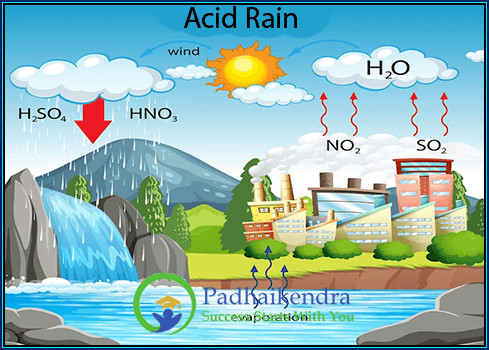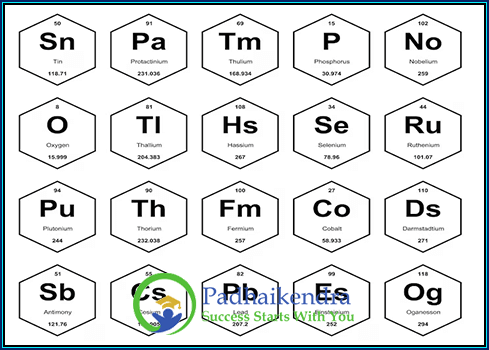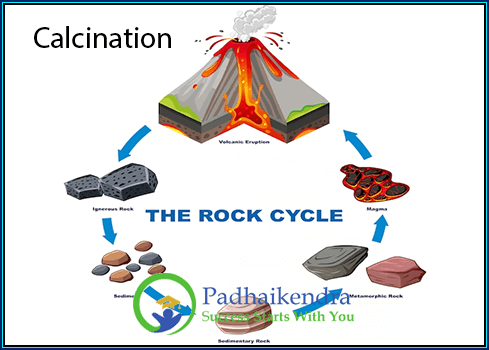Polymerization reactions refer to the chemical processes by which monomers (small, molecular units) join together to form polymers (large, chain-like molecules). These reactions involve the bonding of monomers through covalent bonds, resulting in the formation of longer and more complex macromolecules.
Polymerization reactions are crucial for the production of a wide range of materials, including plastics, fibers, coatings, adhesives, and many other polymeric products. The choice of polymerization method depends on the monomers involved, the desired properties of the polymer, and the intended applications
Types of Polymerization
The main types of polymerization reactions are:
Addition Polymerization
In this type of polymerization, monomers with unsaturated double or triple bonds undergo a chain reaction where the monomers add consecutively to the growing polymer chain. The reaction typically involves the initiation, propagation, and termination steps.
Initiation: The reaction begins with the activation of a reactive species, such as a free radical, an anion, or a cation. This species reacts with a monomer, generating an active site that can bond with another monomer.
Propagation: The active site reacts with additional monomers, causing the polymer chain to grow.
Termination: The reaction stops when two active sites combine or when an active site reacts with an impurity or a terminating agent, resulting in the formation of the final polymer.
Addition polymerization is commonly used for the synthesis of synthetic polymers like polyethylene, polypropylene, and polystyrene.
Condensation Polymerization
 This type of polymerization involves the reaction between two different monomers, often with different functional groups, resulting in the formation of a polymer chain and the release of a small molecule, usually water or alcohol.
This type of polymerization involves the reaction between two different monomers, often with different functional groups, resulting in the formation of a polymer chain and the release of a small molecule, usually water or alcohol.
Functional Group Reactions: Monomers with different functional groups, such as carboxylic acids and alcohols, or amines and carboxylic acids, react to form ester or amide linkages, respectively.
Step-Growth Polymerization: In condensation polymerization, the monomers react in pairs, and the polymer chain grows by the repeated formation of covalent bonds between monomer units. The reaction continues until all monomers are consumed.
Small Molecule Release: In each step of the reaction, a small molecule (such as water or alcohol) is eliminated, making the reaction reversible. The reaction equilibrium is shifted towards polymer formation by removing the small molecule.
Examples of condensation polymers include nylon, polyester, and polyurethane.
Ring-opening polymerization
 Ring-opening polymerization is a type of polymerization reaction where cyclic monomers, such as lactones or cyclic ethers, undergo the opening of the ring structure to form linear polymer chains. This reaction occurs through the cleavage of the cyclic bond and the addition of monomers to the growing polymer chain.
Ring-opening polymerization is a type of polymerization reaction where cyclic monomers, such as lactones or cyclic ethers, undergo the opening of the ring structure to form linear polymer chains. This reaction occurs through the cleavage of the cyclic bond and the addition of monomers to the growing polymer chain.
Ionic polymerization
Ionic polymerization is a polymerization process that involves the use of ionic species, either cations or anions, to initiate and propagate the polymerization reaction. It can be further categorized into cationic polymerization and anionic polymerization, depending on the type of ionic species involved. In cationic polymerization, the reaction is initiated by a cationic species and proceeds by the addition of monomers to the growing chain, while anionic polymerization uses an anionic species to initiate and propagate the reaction.
Living polymerization
Living polymerization is a controlled polymerization technique where the polymerization reaction can be started and stopped, allowing for precise control over the chain length and structure of the resulting polymer. It involves the use of specialized initiators and reaction conditions to maintain a dynamic equilibrium between active chain ends and dormant species. This technique enables the synthesis of well-defined polymers with narrow molecular weight distributions and specific end groups.
Radical polymerization
Radical polymerization is the most common form of polymerization, characterized by the use of radical initiators to initiate the reaction. Free radicals, generated by the initiator, react with monomers, leading to the formation of new radicals that continue the chain-growth process. Radical polymerization is relatively fast and widely used for the synthesis of a variety of polymers, including commodity plastics.
Each of these polymerization methods offers distinct advantages and is suitable for different applications. The choice of the polymerization technique depends on factors such as the desired polymer properties, control over molecular weight and structure, reaction conditions, and the availability of suitable initiators and monomers.





